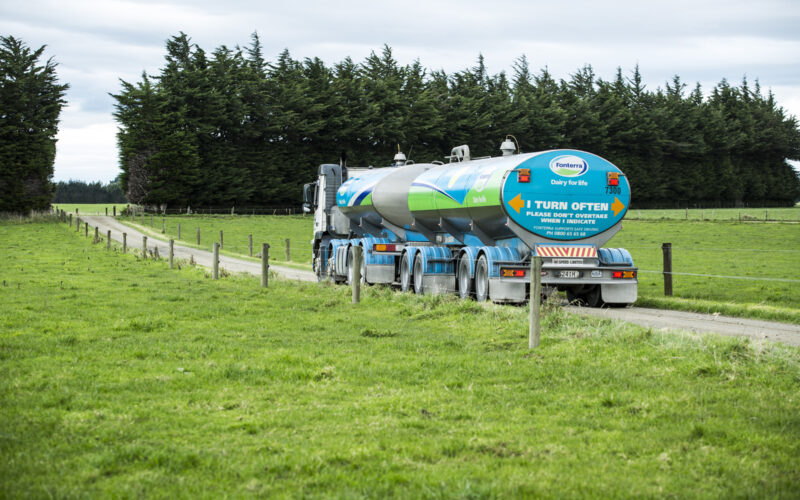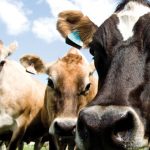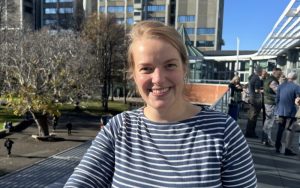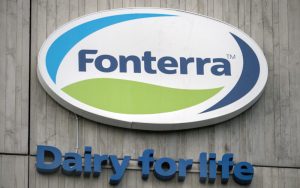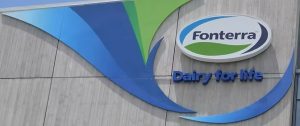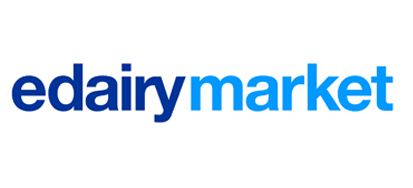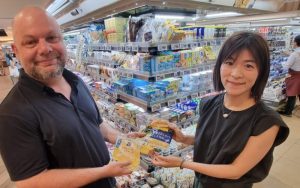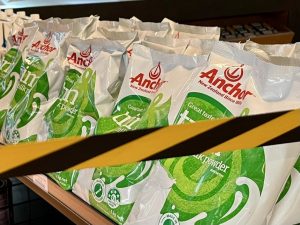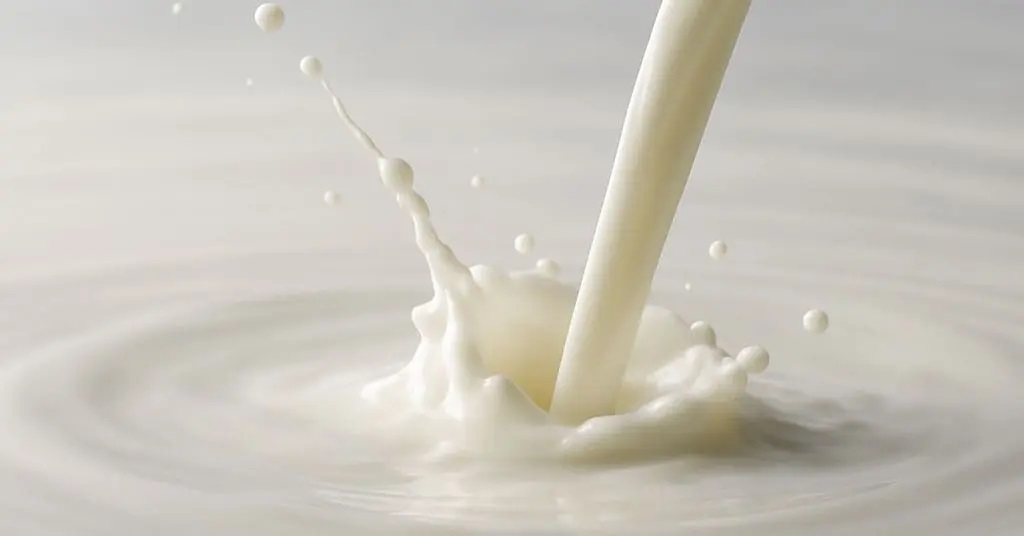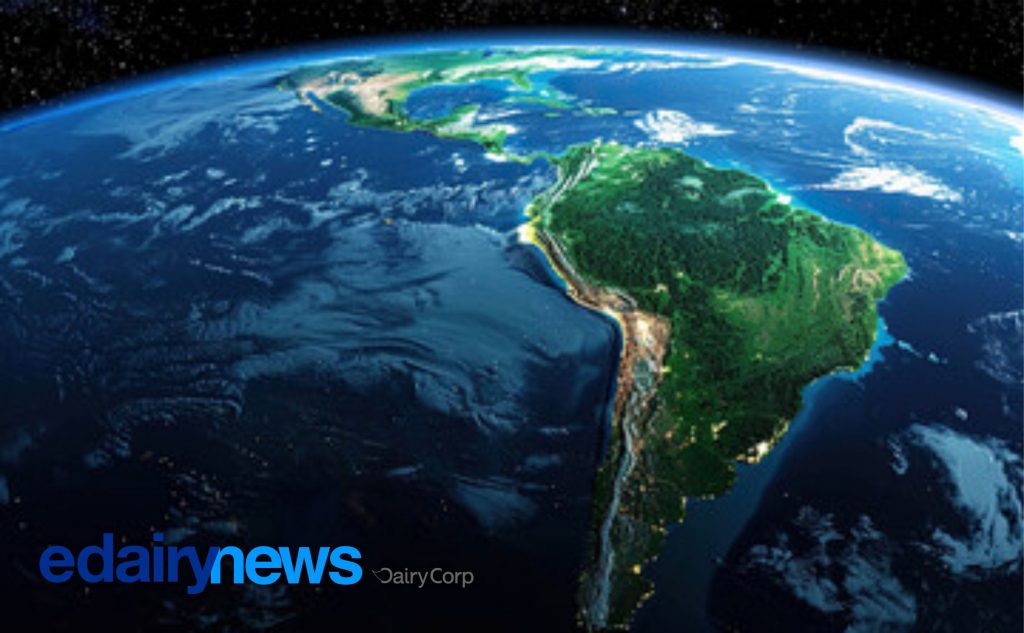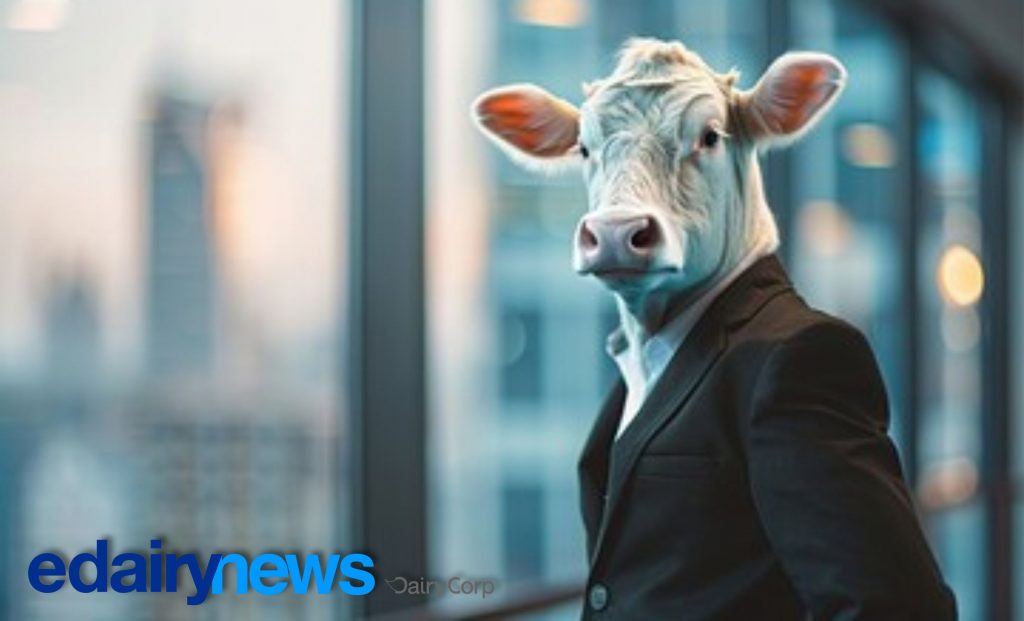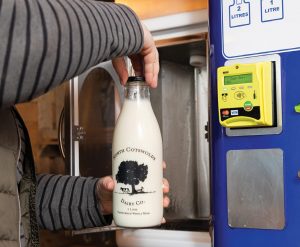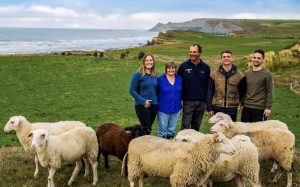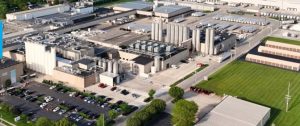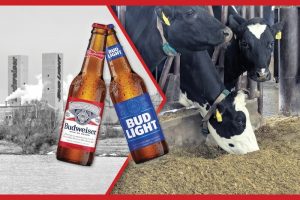
Surety of pasture supply is key to South Island being ahead of North.
South Island Fonterra-supplying dairy farms are beating their North Island counterparts when it comes to reducing their farm emissions, Fonterra says.
The claim is based on general trends seen from collecting on-farm data since the introduction of Fonterra’s Co-operative Difference payment incentives.
“You do definitely see a regional skew and you can loosely say that the further south you are, the easier it will be to be in that very low emission pool,” Fonterra director of on farm excellence Mike Hide said.
The main reason for this is the surety of pasture supply these farm systems have due in part to most of them having irrigation systems.
It gives them the ability to grow reliable homegrown feed throughout most of the milking season, he said.
Hide also pointed to South Island farms’ scale and the fact that they are modern due to most being relatively new conversions.
“But generally, it’s that ability to grow home-grown feed consistently through the season.”
This is reflected in the Co-operative Difference payments, where a large proportion of the payments are going to South Island farms, he said.
However, he emphasised that every farm is different, and emissions vary season to season.
“Just because a farmer has low emissions on one season, it doesn’t necessarily follow that there will be low emissions the next season.”
This is often due to climatic conditions.
Fonterra had also extrapolated that data with nutrient leaching levels. The farms are using less nitrogen fertiliser, using home-grown feed more and bringing in less imported feed, he said.
“What it means is that on average, they have quite a significantly lower purchased N surplus, which is quite closely related to N loss. What we can tell from that is those farms in that low emissions camp are likely to have low N leaching also.”
While herds in the South Island are generally larger, the tight regulatory controls brought in by regional councils mean farmers have little wriggle room and this also plays a part in the lower emissions.
For North Island farmers, there is no getting around the fact that the difference payments will be harder to achieve the further north the farm is located, he said.
However, he pointed out that the incentive payment is a small part of the Co-operative Difference package.
“When we originally started negotiating these contracts, customers were keen to see all of the payment go to low-emission farms.
“We worked closely with them to create a solution that allows for a significant amount of that money to go towards low-emission farms but equally, about 50% goes to on-farm solutions projects, which is available to farms in the co-op.”
This allows all of Fonterra’s farmers to benefit from the payment system in some way.
It also helps retain those customers.
“At the end of the day, no one is getting paid less next year than they would have been otherwise.”
Fonterra has been collecting data for its Co-operative Difference payment system since 2021. For the 2021-2022 season, 72% of farmers achieved the base level or above, followed by 83% in 2022-2023 and most recently 87% in 2023-2024.
The data is presented to farmers in an insights report. The report for the current season’s performance will be sent to farmers later this year and they will get their final number, which will inform what payments they will receive later next year.
Based on modelling using information from the 2023-2024 season, the 50th percentile net emissions footprint for Northland was around 920 CO2e/tonne of fat- and protein-corrected milk (FPCM). For Waikato it was around 900 CO2e/t FPCM, for Canterbury it was 760 CO2e/t FPCM, and for Southland it was around 780 CO2e/t FPCM.
The modelling accounts for emissions from farming activities as well as the impact of emissions associated with peat soil, historic land use change and estimated carbon removals.
You can now read the most important #news on #eDairyNews #Whatsapp channels!!!
🇺🇸 eDairy News INGLÊS: https://whatsapp.com/channel/0029VaKsjzGDTkJyIN6hcP1K
